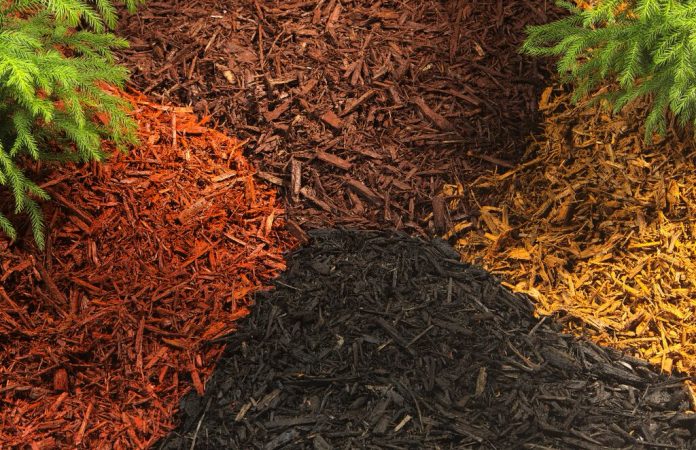 According to archaeologists, gardeners have been piling mulches on top of their soil for at least 2,000 years now. Why? Well, mulch insulates the garden against the results of temperature extremes. In our north Texas case that would mostly be dehydration from summer heat.
According to archaeologists, gardeners have been piling mulches on top of their soil for at least 2,000 years now. Why? Well, mulch insulates the garden against the results of temperature extremes. In our north Texas case that would mostly be dehydration from summer heat.
Mulch’s job description includes the following tasks:
- slows water evaporation from the soil,
- provides air conditioning for soil organisms and plant roots,
- smothers weeds, and
- organic mulches decompose and over the long-term contribute to soil tilth and fertility.
In short, mulch improves gardens, keeps the summer water bill somewhere near reasonable, recycles all kinds of garbage, and conserves water in reservoirs and aquifers against future droughts.
Mulches come in 2 varieties: inorganic stuff like plastics, shredded rubber, and rocks; and organic materials like plant matter and manures. Both variations on the theme will decompose, but don’t hold your breath waiting for rubberized mulch to disappear in this lifetime.
The array of organic mulches is dazzling, and you can custom mix them by the bag or the truckload depending on the source. New gardeners wrestle with the question of how much mulch. Extension Agents and Square Foot aficionados suggest 3″-4” of mulch around plants, leaving 1” of space around the stems to allow water to seep into the ground at the roots.
Water conservationists will tell you to pile 2″-4” of compost between the soil surface and the mulch. That’s a powerful idea.
Sufficient mulch blocks light, and darkness prevents a lot of weed emergence. If that doesn’t make you giddy about less weeding, over time mulching can double your vegetable and fruit production, and you can plant more in smaller spaces. Ah, the secret of Square Foot gardening!
Mid-growing season soil cultivation is unnecessary if you are serious about compost and mulch. Organic mulches are dead and often digested plant matter. They compact and decompose during the growing season so plan to replenish was the soil level visibly decreases. Remember the magic depth is 4″.
If you have clay soil, mulch is the gift that keeps on giving. About mid-November till in the leftovers, and next spring your soil will be better than it was this past spring.
The rule of thumb is don’t till well mulched soil, but if your HOA restricts lawn spaces to Bermuda grass, the stolons will invade the garden from down below then peek out to say “Remember me?” I spread out uprooted invaders to shrivel and die in the sun then used the straw corpses to mulch.
Garden soil improves with every layer of mulch because the insulation helps feed, clothe, and house the diverse community of microbes and macrobes that break down soil minerals plants take in at the roots.
Contact Noelle Hood at [email protected]










.jpg)



